Snow geese in Florida? Well. yes! Apparently, these two snow geese are spending their winter at Lake Apopka Wildlife Drive.
Snow Geese, Anser caerulescens, have white bodies with black wingtips that can be seen when in flight. Their thick bills are pink with a black line across the bottom. The blue morph Snow Goose pictured below was also spotted at Lake Apopka. Snow Geese spend winter in wetlands, cornfields, near lakes, and in marshes. They are vegetarians so look for them devouring grasses, sedges, crops, grains, berries, and entire plants. These loud honking birds mate for life.
Snow Geese from the eastern, western, and central populations breed in the arctic with some as far away as Greenland and Siberia. The regional populations usually fly in groups of at least a few dozen and up to several hundred thousand birds to areas in the east, central, and western US where they will spend their winters. Eastern populations of Snow Geese are normally found as far south as the northeastern coast of South Carolina. In the central US, central populations typically winter as far east as western Alabama. While uncommon, there have been several sightings of Snow Geese throughout Florida.







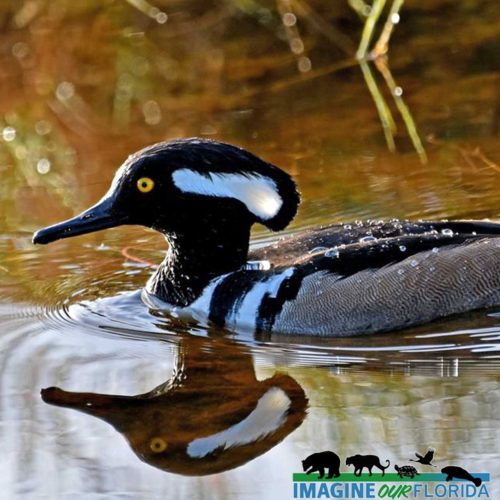




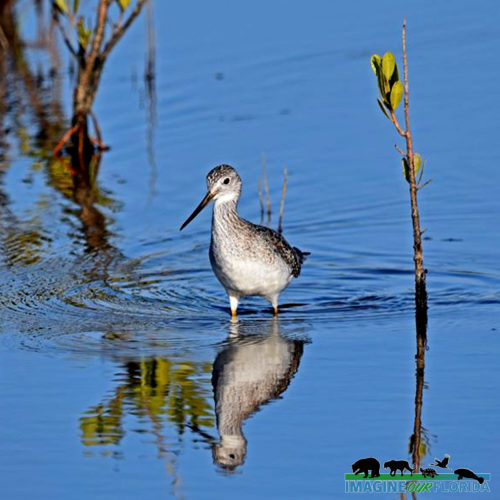







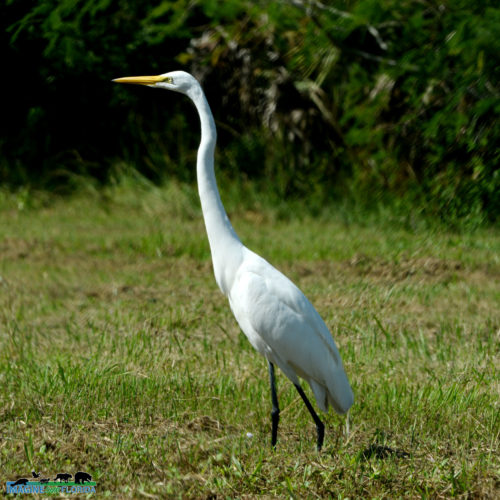
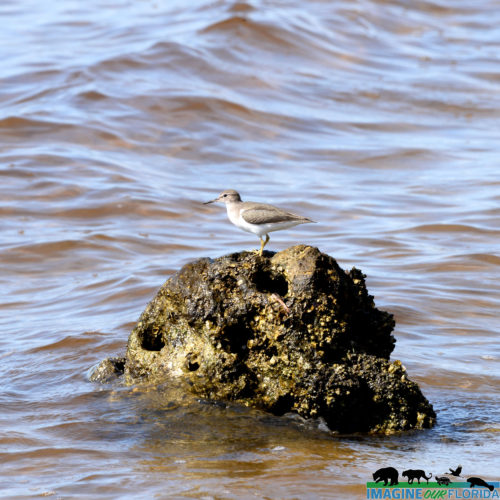
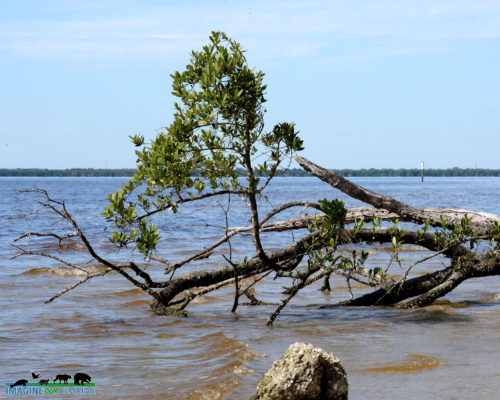






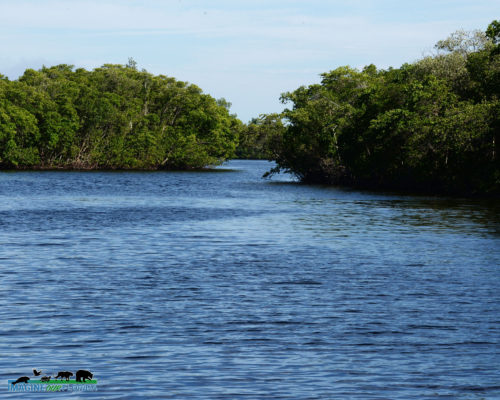

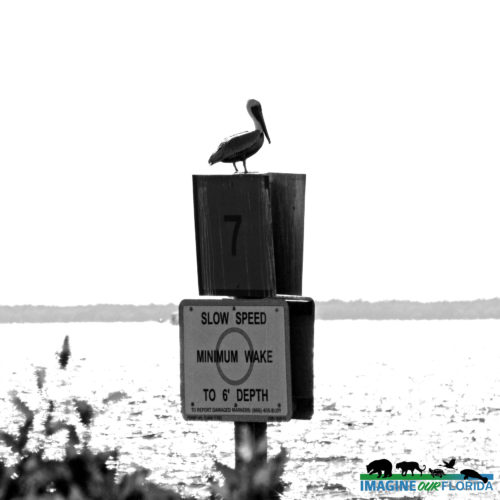




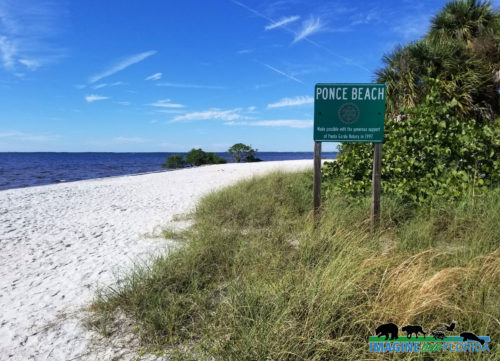


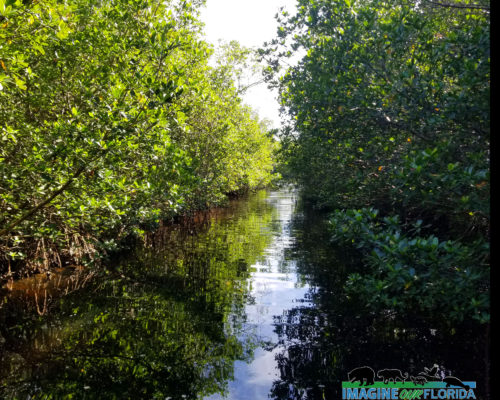
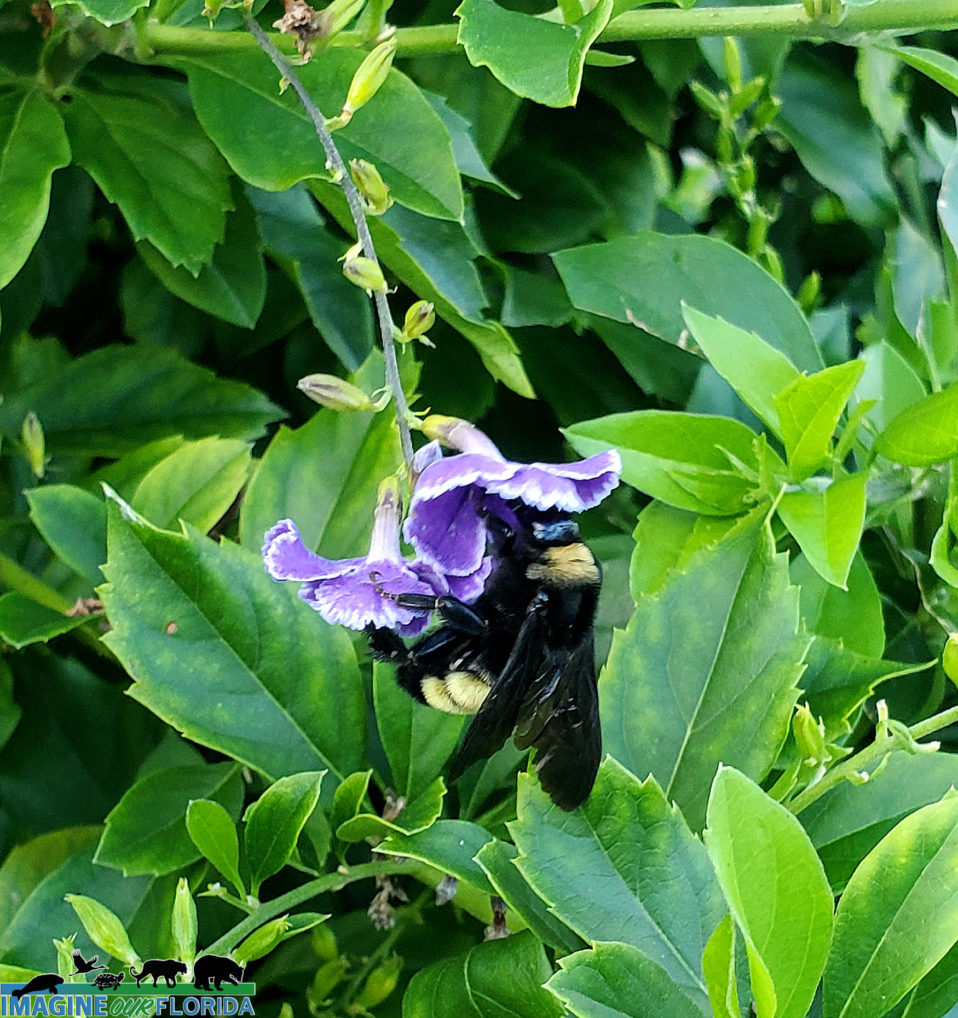







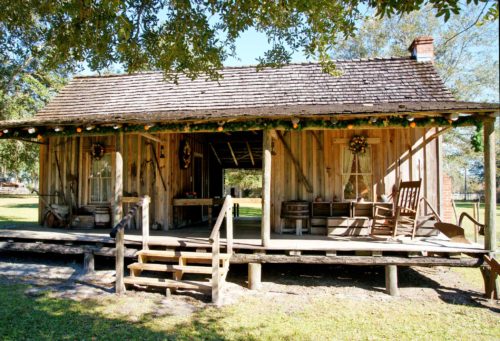

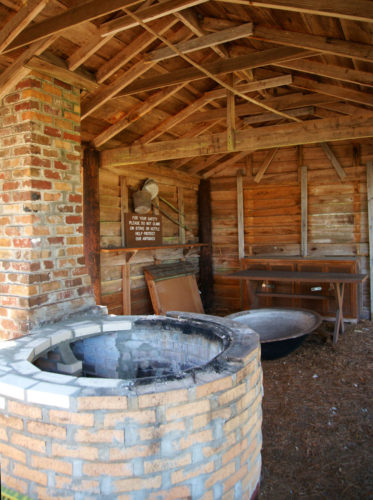
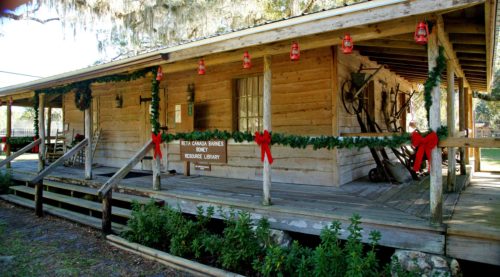


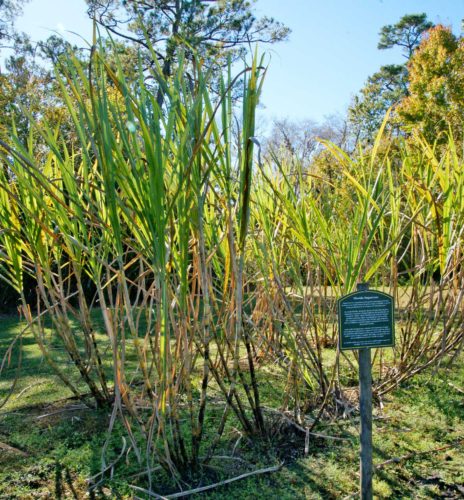







Recent Comments